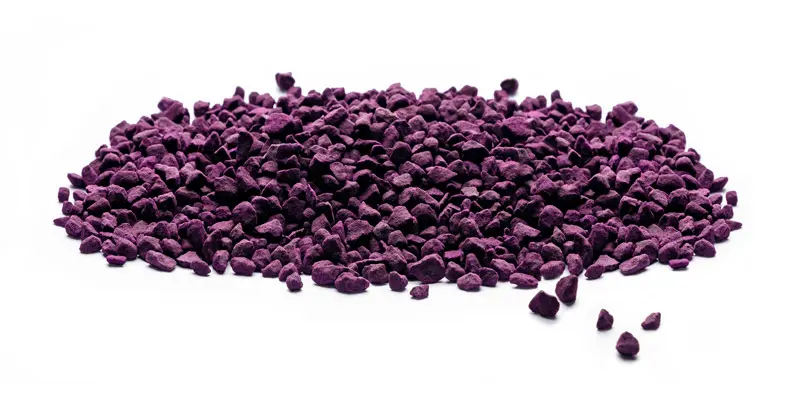Dichloroethylene
1,1-Dichloroethene, commonly called 1,1-dichloroethylene or 1,1-DCE, is an organochloride with the molecular formula C2H2Cl2. It is a colorless liquid with a sharp odor. Like most chlorocarbons, it is poorly soluble in water, but soluble in organic solvents. 1,1-DCE was the precursor to the original cling-wrap for food, but this application has been phased out.
1,2-Dichloroethene, commonly called 1,2-dichloroethylene or 1,2-DCE, is an organochloride with the molecular formula C2H2Cl2. It is a highly flammable, colorless liquid with a sharp, harsh odor. It can exist as either of two geometric isomers, cis-1,2-dichloroethene or trans-1,2-dichloroethene, but is often used as a mixture of the two. It is minimally soluble (5090 mg/L for the cis-isomer[1]) in water, and soluble in ethanol, diethyl ether, acetone, benzene, and chloroform.
1,2-DCE is used as a solvent for waxes, resins, polymers, fats, and lacquers. It is also used as an intermediate in the preparation of other chlorinated solvents.
The major health effect of inhalation of vapors of 1,2-DCE is narcosis; it has been used in a combination with diethyl ether as an anesthetic. In high concentrations, exposure to 1,2-DCE causes central nervous system depression; in milder exposures, it can produce nausea, vomiting, weakness, tremor, epigastric cramps, burning of the eyes and vertigo.
 HS-600
HS-600